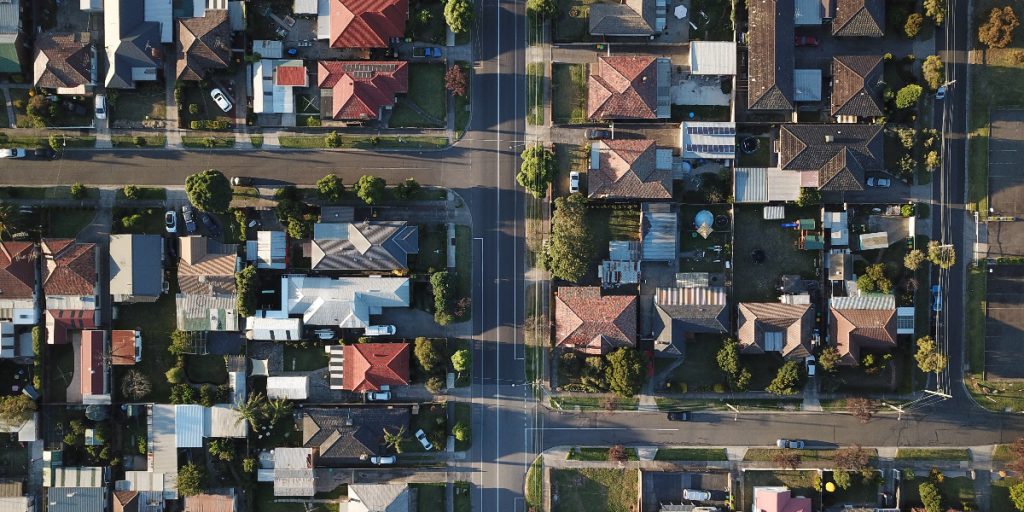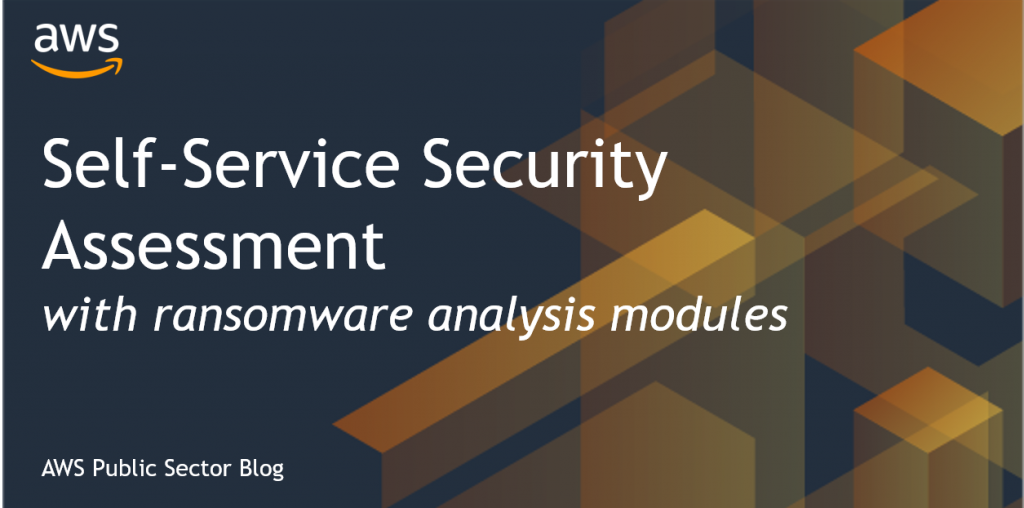AWS Public Sector Blog
Tag: Amazon RDS
Addressing environmental challenges with the AWS Cloud
Azavea believes in the power of geospatial technology to improve communities and the planet. Azavea has been exploring the power of this technology to help their clients to answer complex questions in a wide range of domains from urban ecosystems, infrastructure planning, and economic development to water, energy, and climate change. As part of the Amazon Sustainability Data Initiative (ASDI), we invited Jessica Cahail, product manager at Azavea, to share how her organization is using AWS and open data to develop tools that help users address environmental challenges and deliver knowledge to support decision making.
How public sector security teams can use serverless technologies to improve outcomes
Serverless applications are typically discreet pieces of code that customers can use to manage security-related processes or stitch together multiple AWS services to solve a larger problem. They allow customers to build and run applications and services without dealing with infrastructure management tasks such as server or cluster provisioning, patching, operating system maintenance, and capacity provisioning. In this blog, I explain the serverless computing model, the Serverless Application Repository (SAR), solution constructs and implementations, why they matter to our government customers, and how they can use them to solve common problems.
Bridging data silos to house and serve the homeless
Efforts to prevent and combat homelessness are limited by the lack of comprehensive data about people experiencing homelessness. This makes it difficult for states to identify trends and emerging needs to respond and make data-driven decisions about the effective deployment of resources. The cloud can help bridge information silos. Read on for examples of how states use the cloud to bridge data silos and better serve the homeless.
How nonprofit civic organizations use the cloud to meet registration demand and modernize voter education
Tuesday, September 22, 2020 is National Voter Registration Day, a nonpartisan civic holiday in the United States celebrating democracy with a mission to create broad awareness of registration opportunities for voters. Learn how nonprofit civic organizations use the cloud to meet their mission in a secure, scalable, and cost-effective way on National Voter Registration Day and throughout the election cycle.
Promoting biodiversity conservation with open data and the cloud
Working with a network of 100 biodiversity information centers and 1,000 conservation scientists, NatureServe identifies and understands the most important places to prevent species extinction and ecosystem loss. They provide land use decision-makers in federal and state agencies, industry, academics, and nonprofits with information to meet both regulatory and biodiversity conservation needs. NatureServe and its network collect and maintain data on the conservation status and location of threatened and endangered species, developed over decades of field data collection. But these data have been underutilized in environmental review decision-making processes due to challenges surrounding awareness, access, and reliable or seamless integration with other systems. To address these challenges, they developed an online spatially explicit tool on AWS.
Treating cancer with the power of the cloud
Cancer Commons is a nonprofit network of patients, physicians, and scientists dedicated to helping patients identify and access the best personalized treatment options. Erika Vial Monteverdi, executive director of Cancer Commons, describes how the AWS compute infrastructure, combined with services like Amazon Comprehend Medical, enable physicians and patients to leverage the collective knowledge of the world’s top institutions.
Pivoting and scaling with AWS: Three EdTechs share their journey to support education
The impact of COVID-19 has K12 and higher education institutions working hard to prepare for students to return to learning that will be anything but typical. The 2020-2021 academic year will include various teaching and learning modalities—virtual, hybrid, and face-to-face—and most expect a shift from one to another throughout the year. Globally, EdTechs are working with AWS to accelerate features and solutions to better support students and educators in teaching and learning, physical and mental wellness, and health and safety.
Assess your security posture to identify and remediate security gaps susceptible to ransomware
As government agencies and public sector organizations modernize their IT and migrate to the AWS Cloud, the ability to gain a full, clear view of the security of their environments is a primary challenge they experience. This lack of visibility leads to blind spots and gaps in their security posture, leaving opportunity for security issues to arise. As a result, AWS developed a new open source Self-Service Security Assessment (with ransomware analysis modules) tool that provides customers with a point-in-time assessment to quickly gain valuable insights into the security posture of their AWS account.
Virtual exchange is transforming the global classroom
Each year, millions of students travel abroad to study and enrich their personal development and global perspective through international student exchange programs. Virtual exchange is becoming an important part of digital learning environments due to its student-centered, cost-effective, and equitable means of advancing international education. One example is
ImmerseU, a virtual exchange learning platform developed by Class2Class, an AWS EdStart Member.
European Convalescent Plasma Collection Platform: Data-driven initiative to fight COVID-19
The European Commission, with three of its Directorates-General (DG) (DG SANTE, DG DIGIT, and DG CONNECT) in collaboration with the European Blood Alliance (EBA) and the European Centre for Disease Prevention and Control (ECDC), created the European Union (EU) COVID-19 Convalescent Plasma (CCP) Platform. This database is based on the concept of passive immunization (an approach promoted by the World Health Organization (WHO) Blood Regulators Network), which tests the potential of plasma collected from convalescent persons to treat or prevent viruses and diseases such as COVID-19.









